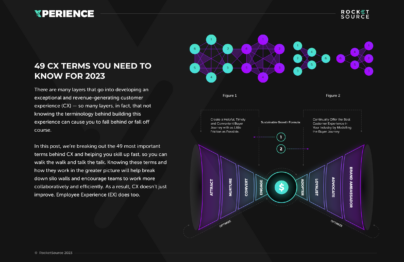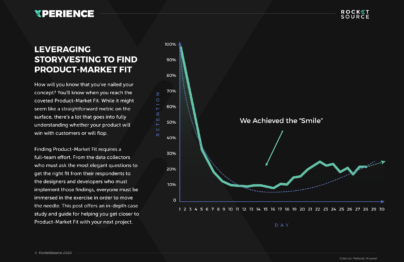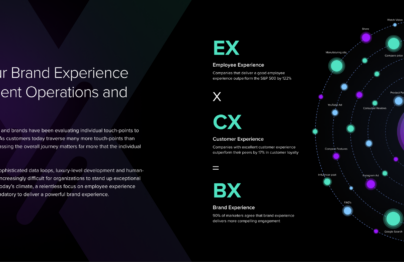AI Ops is a term coined by Gartner to describe how organizations can leverage the big data at their disposal to draw insights, process qualitative and quantitative data via machine learning models and automate organizational workflows.
With the swell of data pouring into organizations today, having an AI Ops strategy can help extract insights faster and keep teams agile. This level of end-to-end visibility empowers and equips each department to work from the same data sets and make more informed decisions. In bridging these gaps, organizations can lean in harder to digital and business transformation initiatives, stay relevant in today’s market and continue moving up the S Curve of Growth.

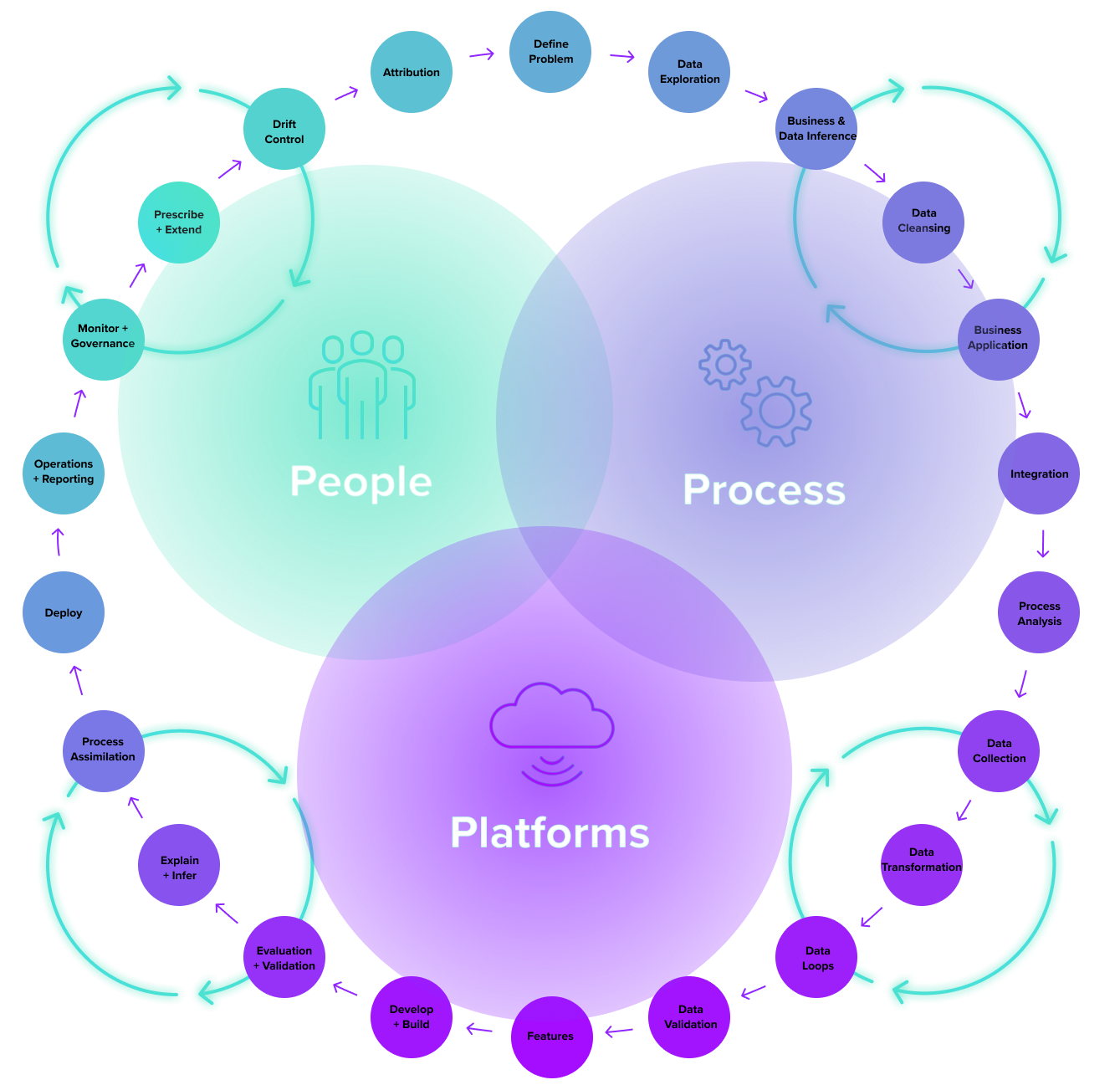
Machine Learning for AI Ops
The first step toward leaning into AI Ops is to get the machine learning capabilities buttoned up. Deploying machine learning models to predict business outcomes isn’t easy, but it is worth it when you consider the possibilities on the tail end of that implementation.
Machine learning today isn’t a one-size-fits-all approach, which is why it’s imperative that when using it alongside AI Ops, the technology and processes are approached carefully. In identifying the focal points of the machine learning models you deploy and the overarching business goals and strategies, you’ll get cleaner data for AI to work with, analyze, and offer outputs to your team. Getting this right requires proper alignment, rigor and forethought.
Leveraging Generative AI for AI Ops at an Enterprise Level
Once the machine learning has been put in place, you’re equipped with the right data and algorithms to start humanizing the AI outputs and aligning them with the business processes. This approach extends well beyond the idea that generative AI is a digital assistant, which is what this technology is typically thought of in today’s world.
In getting deeper with the strategic focus around how AI Ops are deployed, organizations can leverage a variety of resources and information and then infuse that data into a singular engine. By leaning into that combinatorial approach teams are better able to bridge communication across departments and capitalize on the possibility associated with generative AI today.
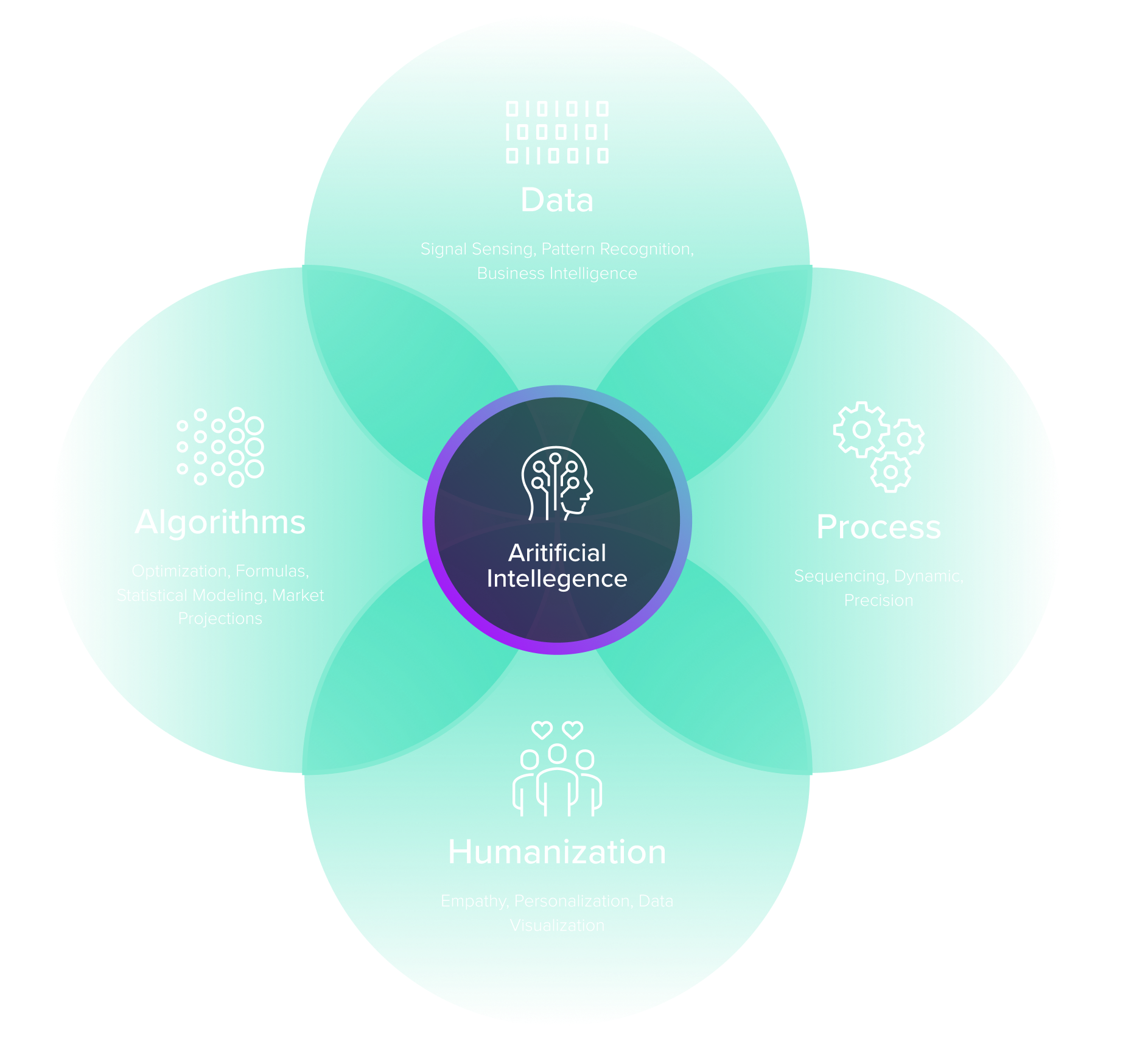
Infusing AI Ops Via the StoryVesting Framework
Rather than diving into something as robust as AI Ops without a framework, it’s imperative you put up some guardrails. Our StoryVesting framework is ideal for solving complex challenges and making key strategic business decisions rooted in humanity. That humanity is paramount when working with technology like generative artificial intelligence.
Instead of shying away from the technology out of uncertainty or cloudy strategy, what if you shifted the approach to tackle it head-on via the lens of the employee and customer experiences? Keeping the team behind AI Ops at the forefront allows organizations to effectively infuse this modern technology in a less disruptive and more intentional manner. With the systematic and strategic approach of StoryVesting, teams can reconcile the complexities, honor the emotional and logical responses that go along with AI, and make stronger business decisions.
The Key Benefits of AI Ops
AI Ops ultimately serves one important purpose — helping organizations stay tuned in. In doing so, leveraging AI Ops has the power to keep companies relevant while simultaneously equipping them to withstand major disruptions in the market.
Smooth Processes
AI Ops is a powerful way to automate processes and smooth team handoffs. By generating outputs based on organizational data, rather than public data, teams have more accurate insights to pull from and smoother processes as projects move from one department to another.
Break Down Silo Walls
AI Ops brings traditionally siloed teams together by giving each department access to the same or similar company data. This shared data pool opens the communication gates a little wider between departments. When everyone is looking at the same data and insights from all departments, teams can work in closer harmony.
More Agile Decision Making
AI Ops gives teams a consolidated overview of what’s happening across the organization. By leveraging qualitative and quantitative data alike, teams can make more strategic and agile decisions rooted in insights rather than guesswork.
Maintain a Competitive Advantage
Integrating innovative technology like AI into an organization can feel risky. By leveraging internal data for AI Ops, teams can tap into the power of AI technology without swinging losing competitive advantages by using the same data as competitors via tools like ChatGPT and others.
Customer Experience (CX) Terms
- 360° Degree View of the Customer
- AI Ops
- Barlow Bands
- Behavioral Triggers
- Bow Tie Funnel
- Brick-to-Click
- Business Impact Analysis (BIA)
- Cognitive Computing
- Cohort Analytics
- Content Mapping
- Conversational User Guidance
- Customer Data Profile
- Customer Experience (CX)
- Customer Friction
- Customer Insights Map
- Customer Journey
- Customer Journey Mapping
- Customer Satisfaction (CSAT)
- Customized Ratios
- CX Intelligence
- CX Led Growth
- CX Metrics
- Data as a Product (DaaP)
- Data as a Service (DaaS)
- Data Culture
- Data Driven
- Data Engineering
- Data Fabric
- Data Governance
- Data Humanization
- Data Hygiene
- Data Looping
- Data Mapping
- Data Mining
- Data Modeling
- Data Monetization
- Data Swamp
- Data Visualization
- Data Warehouse
- Data-Centric
- Descriptive Analytics
- Diagnostic Analytics
- Digital Asset Management (DAM)
- Digital Transformation
- Dirty Data In Dirty Data Out
- Embedded Intelligence
- Empathy Mapping
- Employee Data Profile
- Employee Experience (EX)
- EX to CX Data Mapping
- EX to CX Mapping
- Experience Management (XM)
- Gap Analysis
- Generative AI
- Human-Centered Design (HCD)
- Journey Analytics
- Machine Learning (ML)
- Managed Agile Services on Demand
- Modified Hoshin
- North Star Metric
- Party Data
- Pathway to Purchase
- Predictive Analytics
- Product-Market Fit Mapping
- Real Time Design Looping
- Revenue Acceleration
- RevOps
- S Curve of Growth
- Stack Impact Analysis
- StoryVesting
- Table Stakes Testing
- The 3 P’s
- User Experience (UX)
- User Insights Map
- User Interface (UI)
- Voice of the Customer (VoC)
- Voice of the Employee (VoE)
- World Cloud Generator Sentiment Mining
- X Analytics

